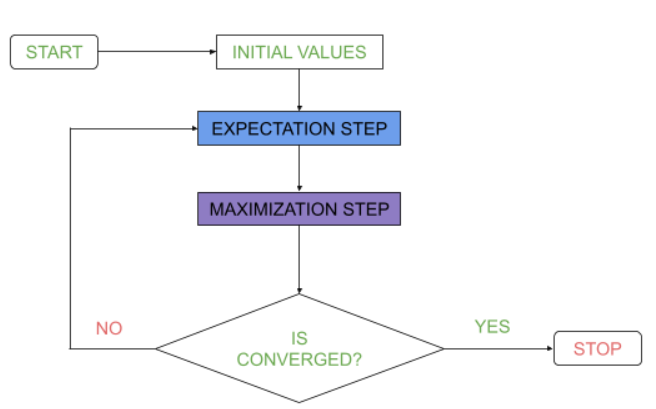Author Archives: Sourabh Mehta - Page 4


The expectation-maximization (EM) algorithm is an elegant algorithm that maximizes the likelihood function for problems with latent or hidden variables.


Data visualization assists to tell the story about the data more efficiently and makes it presentable. Sometimes it is difficult to explain the variation in the data with a static chart, for this, there are animation libraries.


The Incremental Forward Stagewise algorithm is a type of boosting algorithm for the linear regression problem. It uses a forward selection and backwards elimination algorithm to eliminate those features which are not useful in the learning process with this strategy it builds a simple and efficient algorithm based on linear regression


The Regularized Discriminant Analysis is a combination of both Linear and Quadratic discriminant analysis which analyze the observation-based set of measurements to classify the objects into one of several groups or classes.


According to Frequentists, probability is related to the frequency of repeated events, whereas Bayesian thinks of probability as a measure of uncertainty.
The logistic regression can be used with the quadratic approximation method which is faster than the gradient descent method.


Maximum Likelihood Estimation (MLE) is a probabilistic based approach to determine values for the parameters of the model. MLE is a widely used technique in machine learning, time series, panel data and discrete data.


The Linear Discriminant Analysis (LDA) is a method to separate the data points by learning relationships between the high dimensional data points and the learner line. It reduces the high dimensional data to linear dimensional data.
The Central Limit Theorem (CTL) in statistics states that, regardless of the distribution of the variable in the population, the sampling distribution of the mean will approximate a normal distribution with a sufficiently large sample size.


The dummy variable trap occurs when the dummy variables generated are having multicollinearity and are used for training the model.

